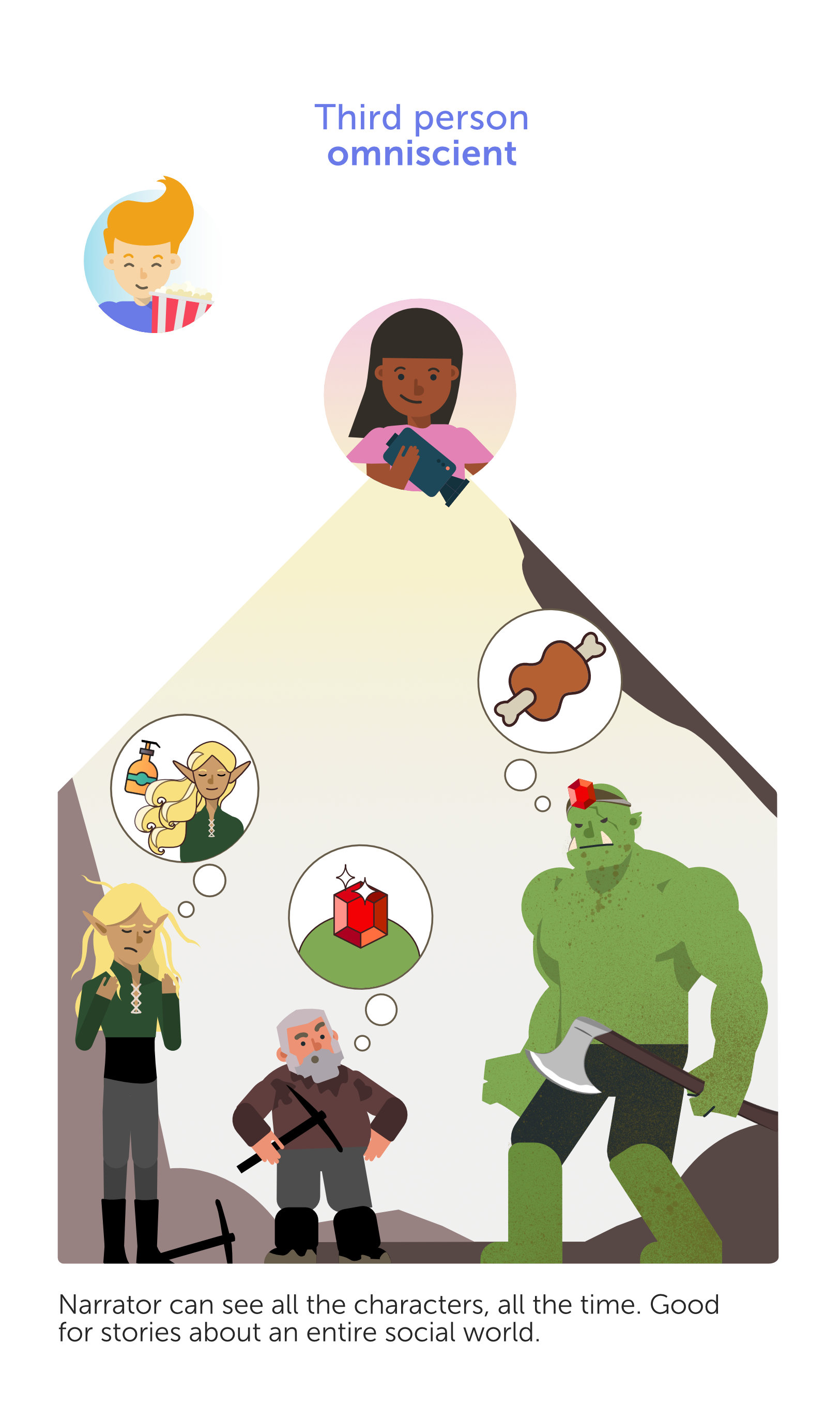This is what we call third person omniscient point of view (as opposed to third person limited).
Omniscient means 'all-knowing'.
The idea here is that the storyteller knows everything about every character: what they want, what they're thinking, feeling, their history, anything.
And they can communicate that whenever they want:
- Unlike in alternating point of view, where the storyteller can 'zoom in' on only one character per scene/chapter, in omnisicient mode they can fly in and out of characters at will.
- And unlike limited subjective point of view, where the storyteller can only communicate what could be known by the main character, in omniscient the storyteller can describe anything they want.


